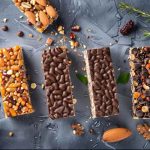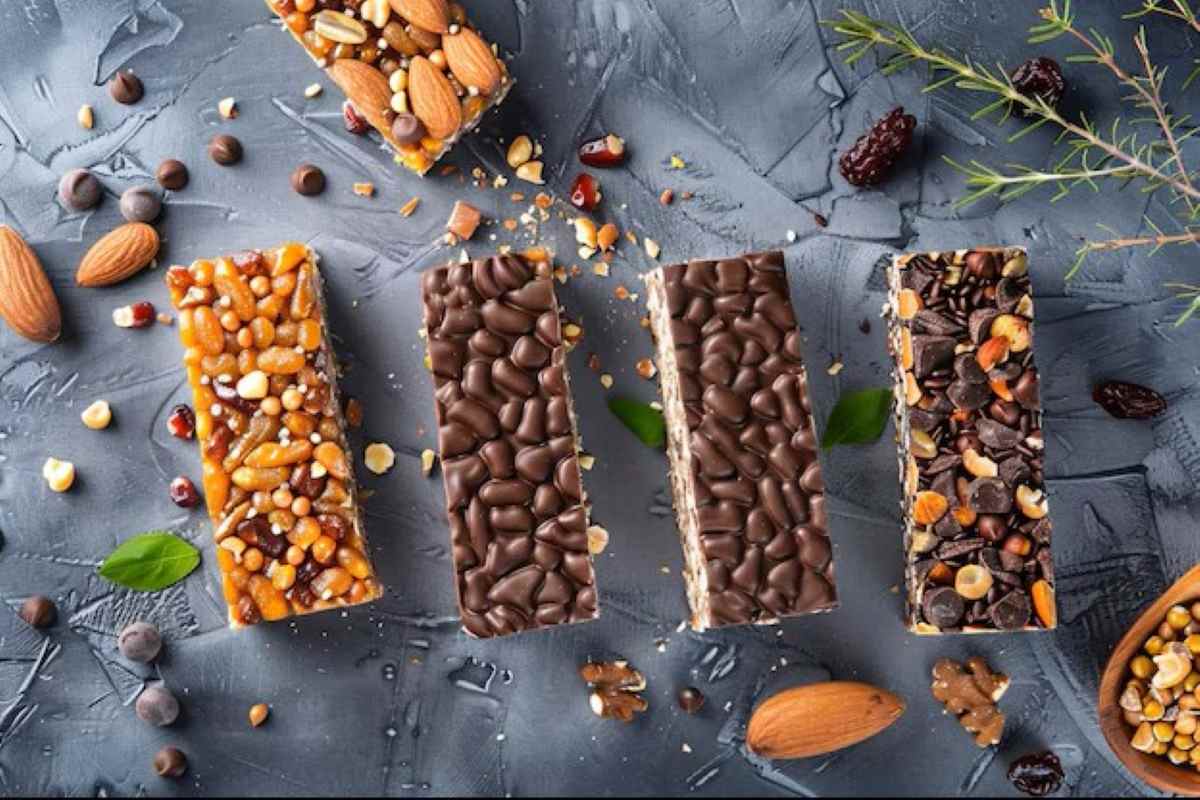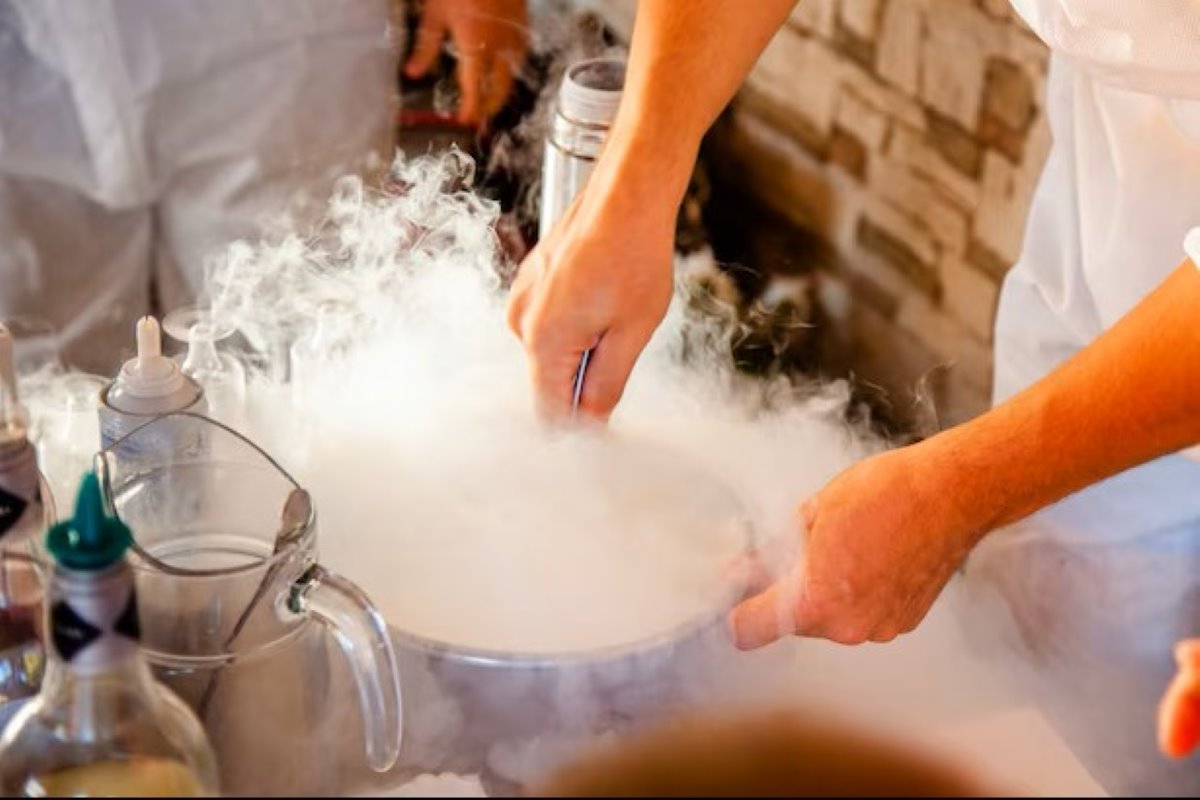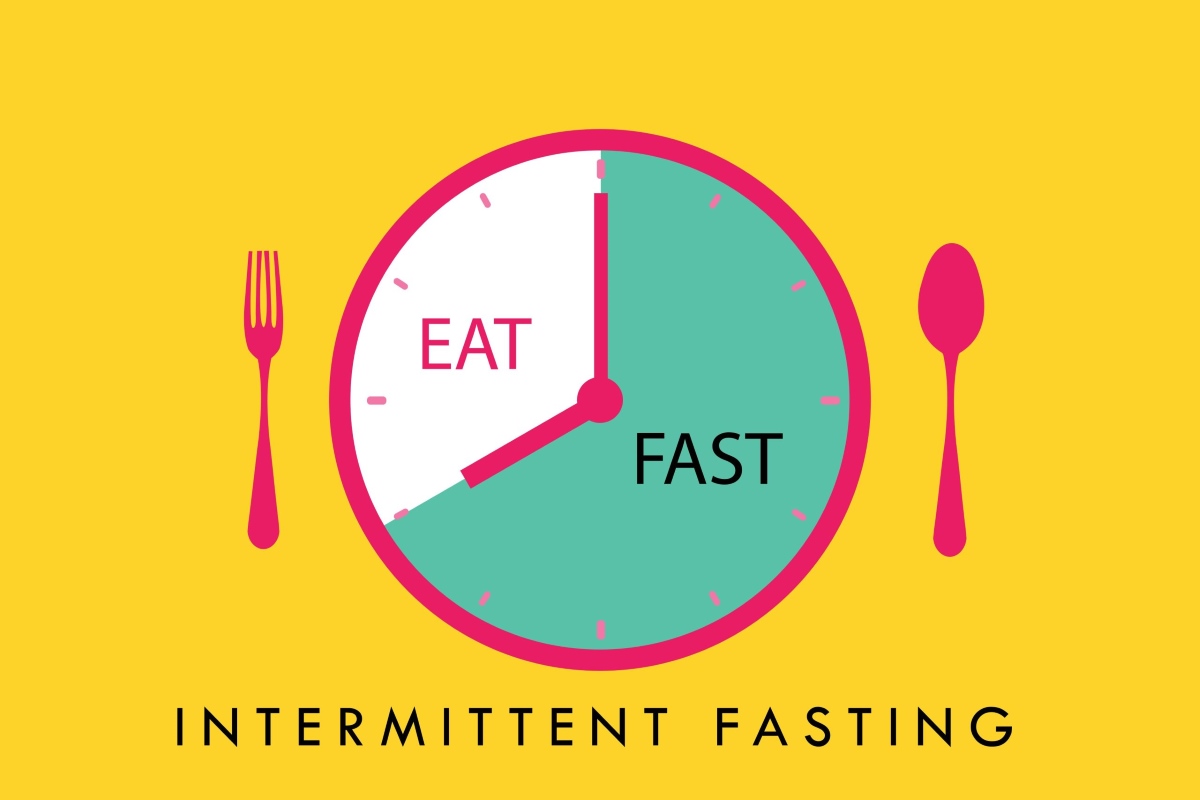Did you know homemade energy bars could taste better and last longer than store-bought ones? If your response is ‘no,’ this piece is about to unveil healthy snack recipes that will reveal those possibilities.
When deciding on energy bars in a store, shoppers are constrained to generic offerings available on the shelves. Meanwhile, it is possible to tailor the texture and content of energy bars to your nutritional and personal preferences. Another plus of homemade energy bars is that you can make them without including additives.
This piece promises to provide insights into the best energy bar recipes. You also get to learn a few things about nailing the desired DIY protein bar texture. Finally, the texture of DIY protein bars is a function of the moisture content, which equally influences shelf life. Hang in there as we navigate how to personalize some of the best energy bar recipes around.
Why Make Your Own Energy Bars?
There are a handful of reasons why you may favor homemade energy bars. A common reason that resonates with health-conscious individuals is the content of store-bought energy bars. Indeed, some folks have ruled out energy bars as one of those ultra-processed foods to avoid. However, you can flip this narrative by developing a healthy recipe and, with guidance, slapping it together in your kitchen.
As was just highlighted, home production of energy bars helps to self-regulate the fat, fiber, protein and sugar contents.
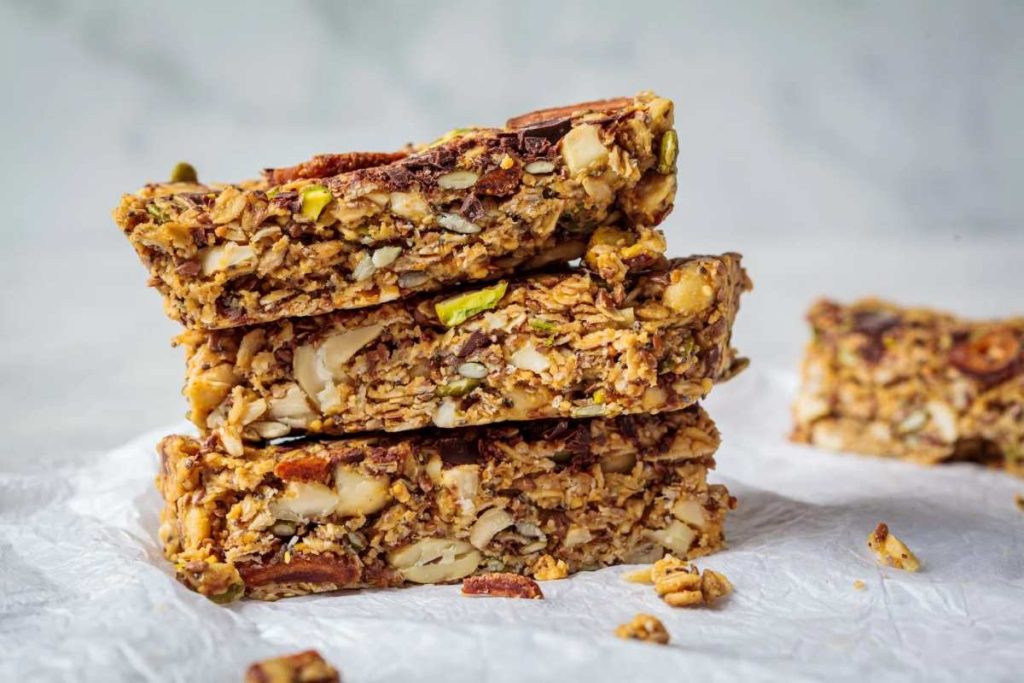
Likewise, you can vouch for the quality of ingredients that go into producing energy bars. Finally, great fans of such products can reduce how much of their income goes into such purchases. For instance, if a single unit of premium energy bar goes for $30 in the store, you may be able to make two or three units of something similar at home, at the same cost.
Finally, making energy bars at home could also reduce your carbon footprint. Food retail chains often use plastic-based packaging, which ends up becoming waste. Meanwhile, homemade energy bars can be preserved sustainably, without an accompanying trail of plastic waste.
ALSO READ: How Sugar Hijacks Your Brain — And Why You Keep Craving It
The Texture Equation of Homemade Energy Bars
You can tweak and customize the DIY protein bar texture by trying out a couple of inventive tips. What works best with your palate, in previous products you’ve tried, should prompt which of the following you go for.
Layered Textures
You can make your energy bar a pack of mysteries by bundling multiple layers together. Sometimes, the transition between components of different textures takes our taste buds on an adventure. To nail such an experience with your homemade energy bar, combine a soft base with crunchy toppings.
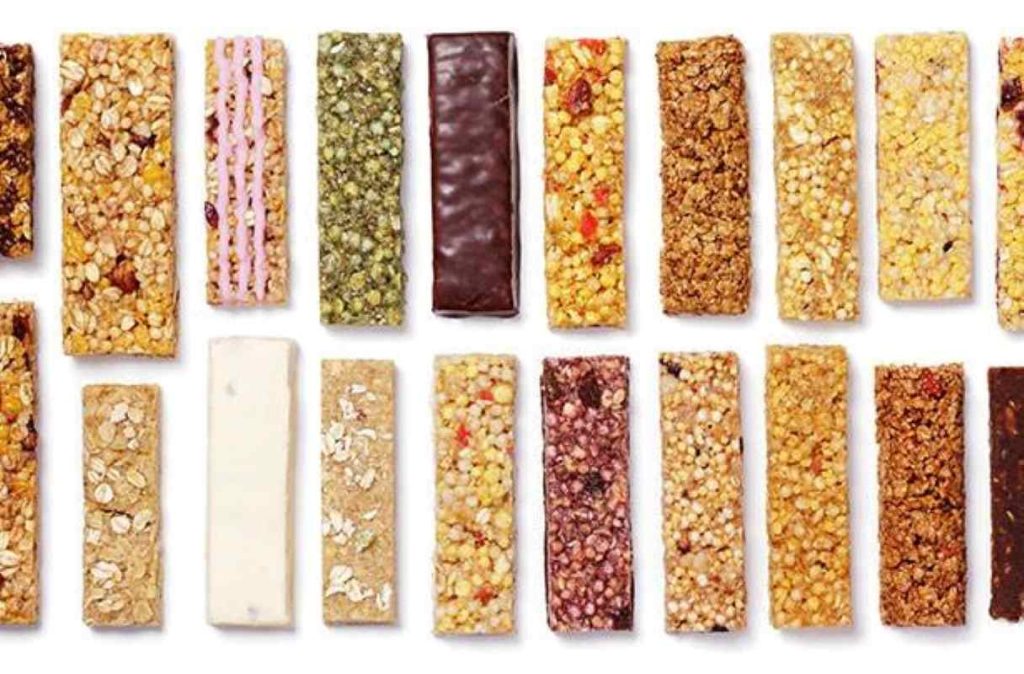
Soft and Cake-Like
If you are the type who relishes energy bars that are all soft and tender, easy on the buds, this is your cue. This homemade energy bar could become an all-purpose mix. You could even go as far as adding some Greek yogurt or mashed fruits. However, the shelf life of this kind of mix would be naturally short and requires refrigeration.
Crunchy
If you’re particular about the shelf life of homemade snacks, it is essential to make them as crunchy as possible. To achieve this, add crunch-confering ingredients like seeds, nuts and toasted oats to the mix. To reduce moisture content, bake the energy bars at a low temperature.
Chewy
Striking a balance between crunchy and soft is also possible for energy bars. You can maintain the same ingredients as found in crunchy energy bar mixes. The only difference would be the binders used. Instead of aqueous binders like plain water or juices, you can use sticky binders. Examples of sticky binders to confer the chewy texture in homemade energy bars are peanut butter, honey, dates, etcetera.
Shelf Life Factors That You Cannot Ignore
Beyond taste, texture or nutrition, extending the shelf life of energy bars requires paying attention to some non-negotiable factors. The said factors are discussed in detail below.
1. Moisture Content
Moisture content is about the most important index of shelf stability in food products. Like you probably know already, a higher moisture content translates to shorter shelf life. This is so because spoilage microorganisms require moisture to replicate and carry out metabolic activities in food material. It’s a no-brainer that the most stable foods are those containing close-to-zero moisture.
A drawback of reducing moisture in energy bars to the barest minimum is that the product may become very hard or extremely brittle. For folks who prefer chewy variants, such product attributes may be a turn-off.
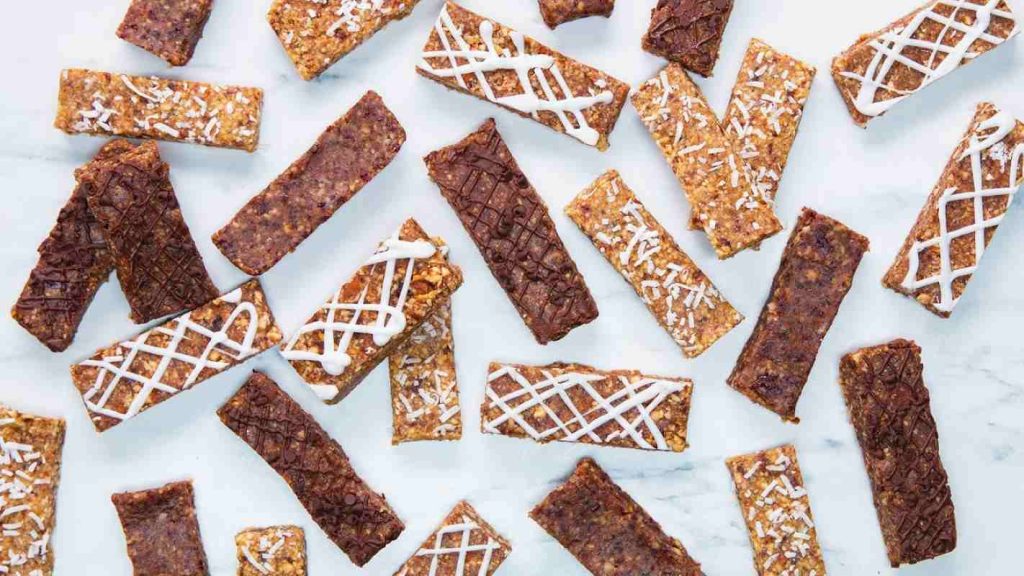
2. Baking vs. No-Bake
As far as shelf-life is concerned, baked energy bars fare better at room temperature. To some extent, baking can reduce the microbial load of the food product before storage. This, however, is not a reason to rule off no-bakes. Instead, it will only inform how to store homemade bars; no-bakes may require refrigeration.
3. Sweeteners as Preservatives
Some sweeteners can serve as food preservatives because of their low water activity (aw). Water activity is a physical property that determines the proportion of water in a food material that is available for the use of microorganisms. For example, honey and maple syrup can contain moisture of up to 24% and 33% respectively. However, most of that moisture is ‘bound’ up and unavailable for biological processes.
Summarily, you can sidestep artificial food additives and use natural sweeteners as preservatives for your homemade energy bars.
4. Fats
Nuts and seeds are regular suspects in energy bars; however, these ingredients are usually very rich in natural oils. Natural oils, good for our health, right? Well, yes. The disclaimer, though, is that natural oils go rancid easily, causing the energy bar to have a questionable taste. So, the way out is to use fresh nuts and seeds in your energy bar mix. In addition, store properly to slow down the onset of rancidity.
Storage Tips
If you’re not consuming your homemade energy bars right after preparation, the following are long-lasting snack ideas to keep those goodies shelf-stable.
- Avoid storing the snacks in a humid environment.
- Refrigerate to extend the shelf life of energy bars, particularly soft ones, to 2-3 weeks.

- Freezing extends the shelf life of snacks for up to 3 months. Albeit, wrap each unit separately for grab-and-go.
- Store low-moisture energy bars at room temperature for up to 5-7 days. To prevent moisture absorption from the environment, store the snacks in airtight containers.
ALSO READ: Is AI the Future of Food Product Development? How Technology is Shaping What We Eat
Experimentation Ideas
When it comes to formulating ideas for homemade snacks, creations are subject to the extent of your imaginative prowess. Reach back into the deep recesses of your previous DIY kitchen adventures for ideas on how to customize energy bar recipes. However, to urge you on in your ideation process, here are a few ideas for gourmet healthy snack recipes:
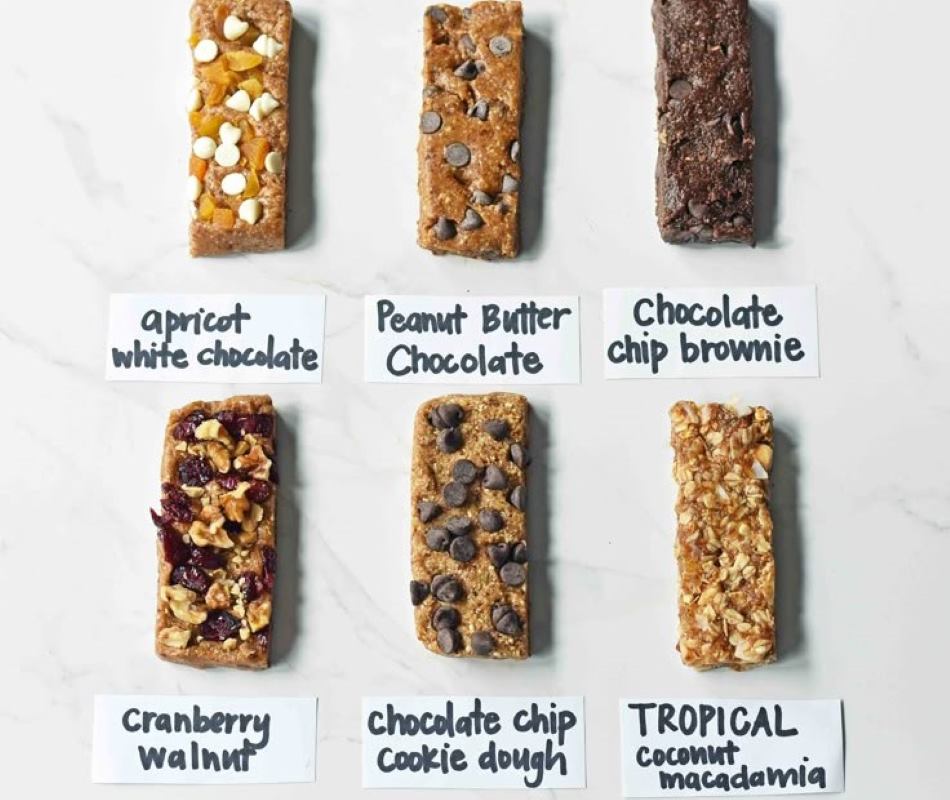
- Swap peanut butter for other binders to see how it impacts flavor changes.
- Get adventurous with flavors by trying out matcha, vanilla, cocoa, or cinnamon in various mixes.
- Infuse different blends of protein powder for a fitness-focused formula.
- Experiment with different ratios of oat as a binder if texture is a deal-breaker for you.
It is worth reiterating that preparing energy bars at home could set you up for more nutritious and healthy treats. Experimenting with ingredients will open up a world of possibilities regarding the healthy snack recipes you may chance upon.
With a little experimentation, your homemade bar could rival — or even beat — branded variants on the shelf.





